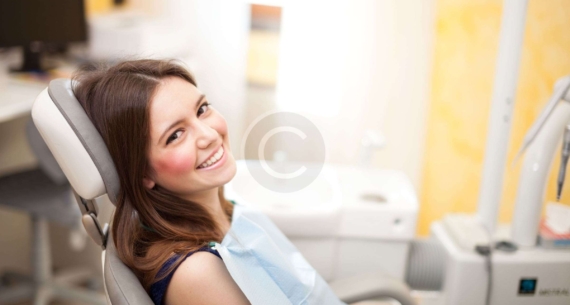
Stay Ahead of Oral Health Issues with Regular Check-ups and 3D X-rays at Peoria Dental Care
At Peoria Dental Care, we leverage 3D X-rays, also known as cone-beam computed tomography (CBCT) scans. This advanced imaging technique is used in the dental profession to provide detailed and three-dimensional images of the teeth, jawbone, and surrounding structures. These scans offer our dentists a comprehensive view of a patient’s oral anatomy, aiding in accurate diagnosis, treatment planning, and assessment of various dental conditions. Here’s an overview of 3D X-rays and their significance in dentistry:
- Technology and Process: 3D X-rays utilize a cone-shaped X-ray beam that rotates around the patient’s head, capturing multiple images from various angles. These images are then reconstructed using computer software to create a three-dimensional representation of the oral and maxillofacial region.
- Detailed Visualization: Unlike traditional 2D dental X-rays, which provide flat images, 3D X-rays offer a more detailed and comprehensive view of the teeth, bones, nerves, blood vessels, and other structures. This level of detail enables dentists to identify potential issues that might not be visible in standard X-rays.
- Applications in Dentistry:
- Implant Placement: 3D X-rays are invaluable for planning dental implant procedures. Dentists can accurately determine the ideal location and angle for implant placement, ensuring stability and successful integration.
- Orthodontics: Orthodontists use 3D X-rays to assess tooth and jaw relationships, identify impacted teeth, and plan orthodontic treatments.
- Oral Surgery: Surgeons can assess the position of impacted wisdom teeth, diagnose jaw disorders, and plan complex oral surgeries.
- Endodontics: For root canal treatments, 3D X-rays aid in visualizing the root canal anatomy and identifying any complications.
- Temporomandibular Joint (TMJ) Disorders: CBCT scans can help diagnose TMJ disorders by providing detailed images of the jaw joint and surrounding structures.
- Reduced Radiation Exposure: While 3D X-rays use slightly more radiation compared to traditional dental X-rays, the exposure is still relatively low and Peoria Dental Care prioritizes patient safety. The benefits of accurate diagnosis and treatment planning often outweigh the potential risks.
- Patient Comfort: CBCT scans are quick and non-invasive, making them relatively comfortable for patients. Patients usually sit or stand while the machine rotates around their heads.
- Information Sharing: The three-dimensional images generated by 3D X-rays can be manipulated, rotated, and zoomed in on, allowing dentists to explain conditions and treatment options to patients better.
- Limitations: While 3D X-rays provide detailed information, at Peoria Dental Care, they are typically not used for routine dental check-ups due to the higher radiation dose and cost. They are typically reserved for cases where detailed visualization is essential.
Peoria Dental Care is at the forefront of dental technology, embracing 3D X-rays to enhance the precision and effectiveness of our dental services. This innovative approach not only improves diagnostic accuracy but also enriches the patient experience, setting a new standard in personalized dental care.












